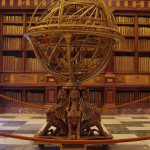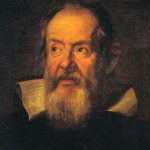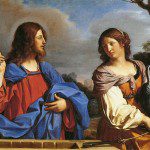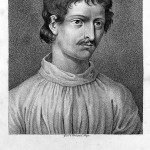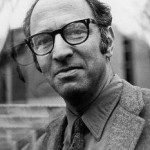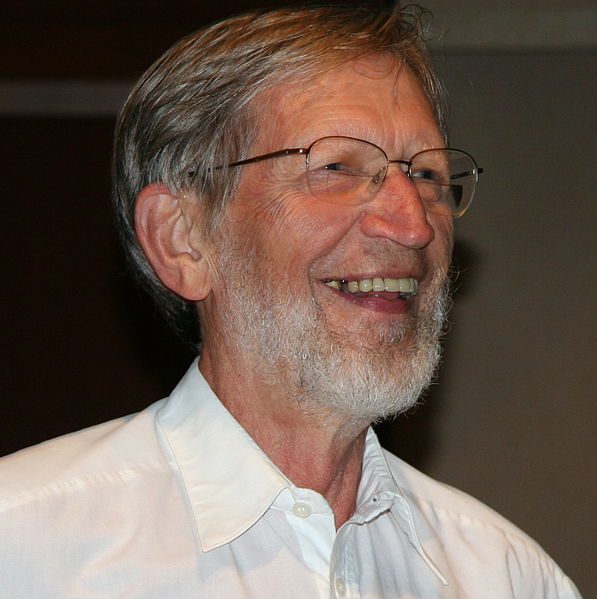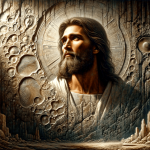Armillary sphere, constructed by Antonio Santucci, c. 1582. Wikipedia: “The armillary sphere was introduced to Western Europe via Al-Andalus in the late 10th century with the efforts of Gerbert d’Aurillac, the later Pope Sylvester II (r. 999–1003). Pope Sylvester II applied the use of sighting tubes with his armillary sphere in order to fix the position of the pole star and record measurements for the tropics and equator.” [Wikimedia Commons / Creative Commons Attribution-Share Alike 3.0 Unported license] (8-5-10) This constitutes Chapter Two of my book, Science and Christianity: Close Partners or Mortal Enemies? (2010, 301... Read more


